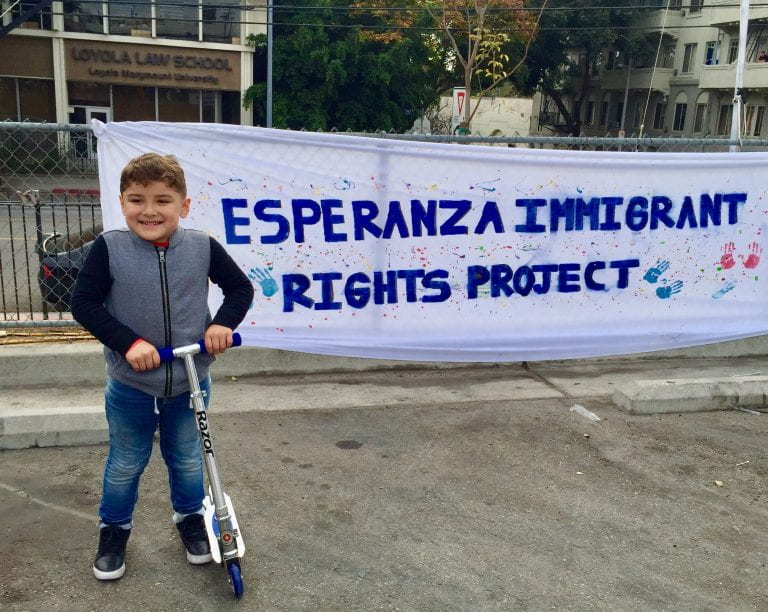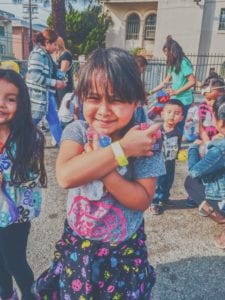Sean Oh
Fellowship Location: USA (Los Angeles)
Esperanza Immigrant Rights Project
After a semester taking a class about human rights and an entire summer interning as a Human Rights Fellow, I still struggle to answer this question: “What, then, are human rights?”
In the specific field of human rights that I had the privilege of working with this summer, I had to reconcile the disparity between the idea that human rights are inalienable rights afforded to all and the fact that they are instead viewed as a zero-sum game. The current ideology on immigration seems to be “keep as many out as possible,” which becomes such an ironic motto. When thoroughly analyzed, it takes form instead of “keep as many of the poor and underprivileged out as possible.”
The American visas that are currently available can be widely generalized as being for either family-based or work-based immigration. Both are implicitly restricted to people who can immigrate to the United States, and one must be privileged enough to have a close relative who already resides in the US or have the financial capital to immigrate (e.g., the E5 visa requires a minimum investment of $1.8 million). The argument, then, is that these visas exist merely for protection purposes.
This is a weak argument, but I won’t reflect on it here; instead, I’d like to focus on asylum law–the law that is supposed to provide protections, in the name of “human rights.” While laws have the power to protect, however, they also hold the power to restrict. As I have written about in my prior blog posts, this summer in particular was a difficult time for asylum seekers. The Trump administration chose to masterfully seek out and actively persecute “illegal” immigrants, a modern practice coined “crimmigration.”
When asylum law is built into the social fabric, it narrows the road to immigration; those who do not fit the specific requirements cannot be provided a safe haven. And to deny such a refuge is to deny human rights. In this case, can human rights exist in a place we call “the land of the free and the home of the brave?” And if so, who does it serve?
 My final task at Esperanza Human Rights was to assist with cancelling the removal of a South Korean family with a son with autism. Quite frankly, I wondered if this case was strong enough to win. In my short experience of a mere 12 weeks, I felt that the case was simply not “sad enough,” “tragic enough”–the paradox of needing to be a victim of specific atrocities to qualify for being rescued.
My final task at Esperanza Human Rights was to assist with cancelling the removal of a South Korean family with a son with autism. Quite frankly, I wondered if this case was strong enough to win. In my short experience of a mere 12 weeks, I felt that the case was simply not “sad enough,” “tragic enough”–the paradox of needing to be a victim of specific atrocities to qualify for being rescued.
As a South Korean myself and as one who, due to immigration issues, was effectively deported from the United States, I felt a personal tie to the case. I began to work on the case, doing research on autism treatment in Korea. I found cases where social workers and teachers themselves had physically and emotionally abused students with autism, proving the horrendous conditions and stigmas in the East Asian country. And still, I felt that the case was weak. Nonetheless, I was inspired by the general optimism and positivity regarding the case. For example, when I asked the managing lawyer how he felt the case would go, he responded, “We don’t know until we try. We can only do our best, and that’s what we will do. If we don’t, then who will?”
I wish I could tell you that the case ended well. Truth is, I have no idea how it went. Cases often take months to even years to be decided upon. So much anxiety is caused throughout the entire process, since anxiety is felt every single day, by those whose cases are being deliberated and also by those who stand by and fight for them.
To fight for human rights is to overcome that anxiety and battle injustice.
